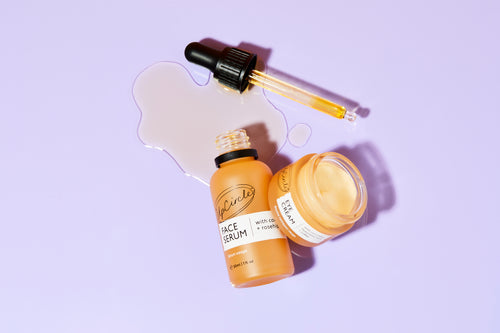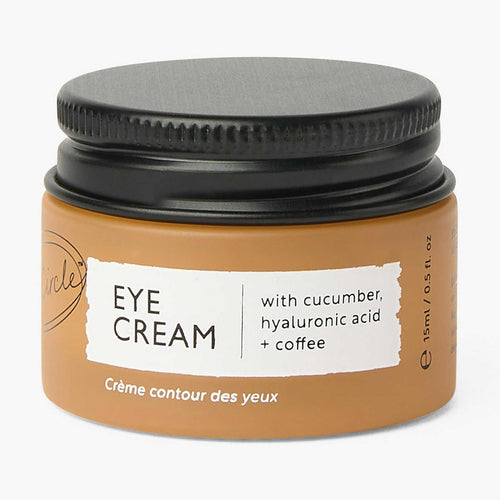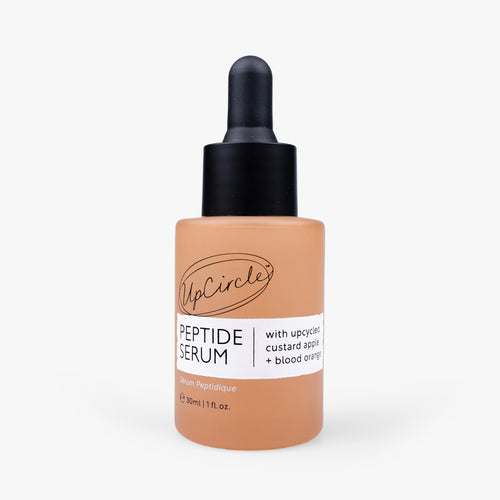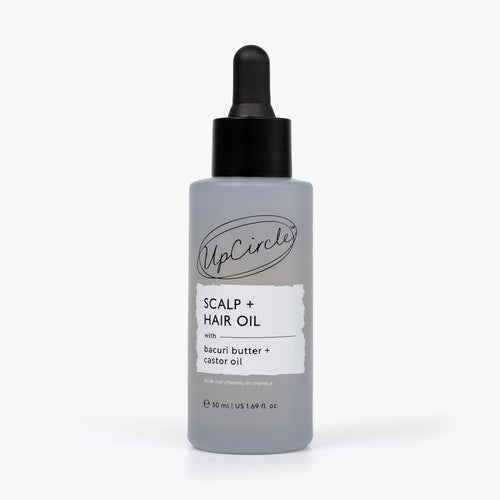Prior to March 2020, very few of us regularly used hand sanitiser. Our customers tend to be very in tune with our values, and, anecdotally at least, this fitted with a concept that some exposure to germs is ‘good’, helping to boost our immunity and keep us healthy. Then along came coronavirus and we were found busily reading hand sanitiser ingredients along with the rest of the world.
The role of hand sanitiser
Before we dive into hand sanitiser ingredients, how to make natural hand sanitiser and other handy tips, we first need to remind everyone of one thing.
Hand sanitiser isn’t a replacement for washing your hands. A hand sanitiser should kill coronavirus, and other germs, but it doesn’t actually get rid of the germs. The best approach is to wash your hands well, with hot water and soap.
Our Hand and Body Lotion with Bergamot Water uses all natural ingredients. As we’ll explain in a moment, hand sanitisers contain a large proportion of alcohol to kill germs, but this is what can cause dryness. Our hand wash is alcohol free making it kinder to your skin. It’s also vegan and cruelty-free.
However, as we all know, washing your hands isn’t always feasible. Whether you’re heading into a shop or are closing a gate behind you on a walk, there are times when you should currently be using hand sanitiser.
Now your choice comes down to understanding the different types of hand sanitiser available and looking at ingredients, so that you can make the best choice in line with your own values and principles.
When should you use hand sanitiser?
There isn’t actually a uniform set of rules around when you should use hand sanitiser. It really comes down to individual situations and your own concerns around Covid-19. However, as everyone knows, there are certain settings which require you to use hand sanitiser. For example, in shops, medical settings, and education facilities.
Our opinion is to use the provided hand sanitiser only when you have no other option. If you look at most hand sanitiser ingredients, you will likely find they aren’t in line with your natural values.
The most common hand sanitiser ingredients
With the upsurge in demand for hand sanitisers, it is particularly important that you understand their ingredients.
Not all hand sanitisers have the same ingredients. Some are not yet approved by the HSE. The WHO recommends certain hand sanitiser formulations. In terms of the majority of mainstream hand sanitisers, the active ingredient is alcohol. The hand sanitiser needs to contain at least 60% alcohol for it to be effective.
The good news is that there could be worse primary ingredients! Whilst alcohol can be drying, it isn’t fundamentally toxic when applied to the skin.
However, when you look at the list of ingredients on most bottles of sanitiser, you’ll find that there are a lot of other ingredients included which aren’t natural. Hydrogen peroxide and ammonium polyacryloyldimethyl taurate are just two of the ingredients we found listed in common household hand sanitisers.
Therefore, if you want to ensure you use one that doesn’t use harsh chemicals, or which doesn’t go against your values, you’ll need to always ensure you have your own supply of natural hand sanitiser on you. You can either choose to buy a ready-made one, or make your own.
Natural hand sanitisers
If you choose to buy a ready-made natural hand sanitiser, you’ll need to do some research. You need to look for at least 60% alcohol, but the remaining ingredients should be all-natural. Unfortunately, some are being marketed as ‘natural’ when this isn’t the complete story.
The type of alcohol that you want to look for in the list of ingredients is usually ethanol. If you can’t pronounce the type of alcohol, chances are it is chemical-laden. The alcohol is needed to break down the cell walls of the virus or bacteria.
You may also wish to ensure that the formulation is cruelty-free and that it comes in zero-waste or non-plastic packaging.
Good natural ingredients for hand sanitisers
Beyond the alcohol base, and an Aloe Vera gel to make it less liquid, the remaining ingredients are largely a matter of choice. In nature, there are an abundance of plants that have antimicrobial and antiseptic properties which are good for boosting your hand sanitiser formulation. They will also help to ensure that your hand sanitiser is pleasant to use, with a good scent.
There really are a huge number to choose from, but some of our favourites include:
- Dill (contains essential oils, phellandrene, limonene and anithofuran)
- Eucalyptus (contains tannins, polyphenols and terpenoids)
- Burdock (contains polyacetylene, tannins, terpenoids)
- Peppermint (contains terpenoids and menthol)
- Rosemary (contains essential oils and terpenoids)
- Tea (contains flavonoids and catechin)
- Thyme (contains caffeic acid, terpenoid thymol, phenolic alcohol and tannins)
How to make your own natural hand sanitiser
Making your own natural sanitiser can be an effective way of combating dry hands caused by most mainstream sanitisers. Especially when you combine it with an excellent moisturiser such as our Soothing Body Cream with Date Seeds, which is perfect for your whole body or just your hands.
To start with, you just need three ingredients: rubbing alcohol, Aloe Vera gel, and your chosen essential oil. You’ll also need a container to make it in and then a small container to take out and about with you. We recommend reusing old bottles and containers.
Add the rubbing alcohol to the container so that it is two-thirds full. Then add a good 10-15 drops of your chosen essential oil. You can also add any chosen herbs at this point, if you wish, and leave them in the alcohol overnight before draining. Then top up the bottle with the Aloe Vera gel. Shake well. You can then decant the amount you need into the smaller container for going out.
Wash your hands
After using hand sanitiser, when you can, wash your hands. This will help to protect you from germs, but also from the drying effect of the alcohol. You can then apply your moisturiser too.
We’re in the early stages of developing an UpCircle Hand Sanitiser, so keep your eyes peeled in 2021!







